
Some estimates say up to 178 million Americans are missing at least one permanent tooth. But in 2019, missing teeth are not the end for your smile. You have options!
Spurred by the increasing number of studies reporting the dangers of missing teeth, modern-day dentistry has developed a variety of high-tech and highly-effective tooth replacement solutions.
One unlikely tooth replacement option that’s seen considerable advancements in recent years is dentures. But these modern, high-tech dentures aren’t the same as the removable fake teeth your grandparents used to wear.
The history of dentures
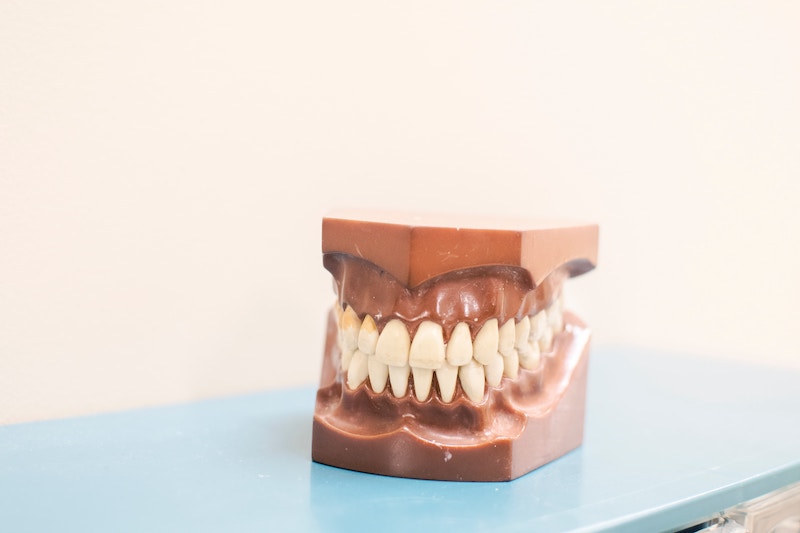
In years past, replacing missing teeth wasn’t easy. It also wasn’t particularly effective. People with missing teeth resorted to extreme measures, using a variety of natural materials to makeshift something resembling a normal, functioning smile.
The first false teeth were reportedly constructed by ancient Egyptians. They repurposed human teeth and used gold wire to fill in the gaps. There’s also evidence that ancient Mexican tribes used animal teeth — usually from wolves! — as replacement teeth.
But it was the Japanese who created the oldest known pair of complete dentures in the 16th century. Research tells us that these replacement teeth were crafted from the wood of Japanese Box trees. In fact, wood was a primary tooth replacement material until the 1800s.
During this time, people were also experimenting with creating full sets of replacement teeth from hippo, walrus, and elephant ivory. But these ivory teeth stained easily, smelled bad, and were very uncomfortable to wear.
It wasn’t until 1770 that a man named Nicolas Dubois De Chemant made the first porcelain dentures. Starting in 1850 and through the 1930s, dentists experimented with dentures made from materials like hardened rubber, celluloid, and bakelite until finally landing on acrylic resin.
Acrylic resin was hard, translucent, and had no unpleasant odor or toxicity. Plus, it could be easily repaired and was relatively inexpensive overall. This made it the perfect candidate for dentures.
Dentures today
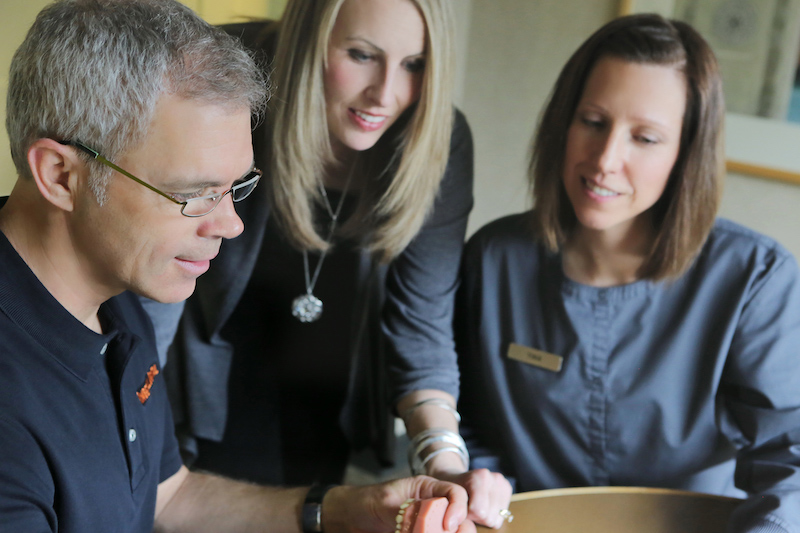
Today, acrylic resin is still the most popular base material for dentures. The basic concept of this tooth replacement method also remains the same. Dentures are a prosthetic device comprised of artificial teeth and gums, created to replace missing teeth.
Modern dentures come in 2 main styles — partial and complete.
- Partial dentures — A prosthesis meant for those who have some missing teeth, still retain the majority of their natural teeth.
- Complete dentures — A prosthesis for those who have no natural teeth remaining and need a full set of new teeth.
Additionally, modern dentures include both removable and fixed options.
- Removable dentures — Characterized by their ability to be easily put in and taken out of your mouth. Removable dentures must be removed and cleaned every night. Some removable dentures are supported by implants.
- Fixed dentures — Fixed dentures cannot be taken out of your mouth. This permanent prosthetic is held in place by several dental implants.
Modern removable dentures
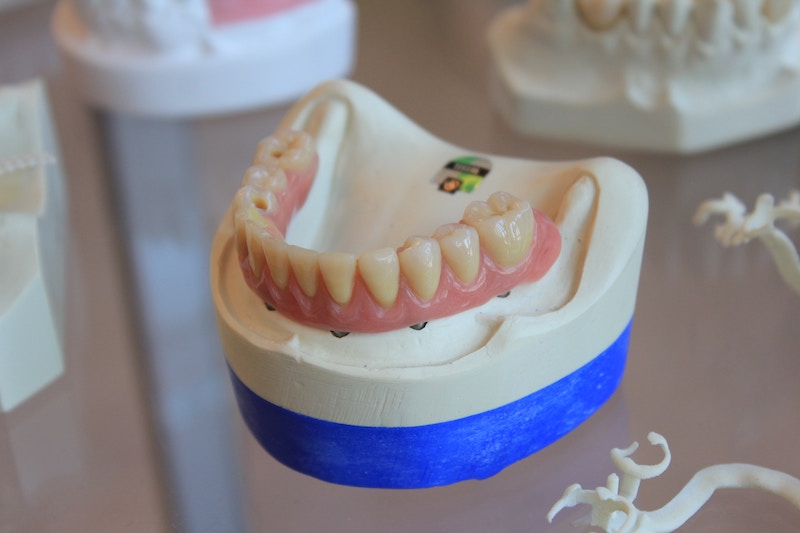
Though removable dentures are a more traditional approach to tooth replacement, they offer the benefit of time-tested technology. They’re also relatively inexpensive and a quick solution for missing teeth.
Additionally, modern removable dentures are not one-size-fit all. The shade, shape, and texture of the teeth are custom crafted to your mouth and smile. People probably won’t be able to tell that your smile is comprised of “fake teeth!”
Even though these dentures look and function much better than in the past, removable dentures that aren’t supported or retained by any sort of implant can cause a few issues long term. For one, removable dentures have been shown to exacerbate and cause bone loss. They’re also known to slip and move out of alignment, causing some discomfort and difficulty eating certain foods.
If a removable denture is your preferred or best option, we typically recommend a modern implant-supported option. Using an implant to support your removable denture helps keep your jawbone and gums healthy, ensuring your dental health long term.
Whether or not your removable denture is supported by an implant, keep in mind that they require some special maintenance. You need to take them out to brush and soak them every night. You may also need to replace them periodically.
Modern fixed, implant-retained dentures
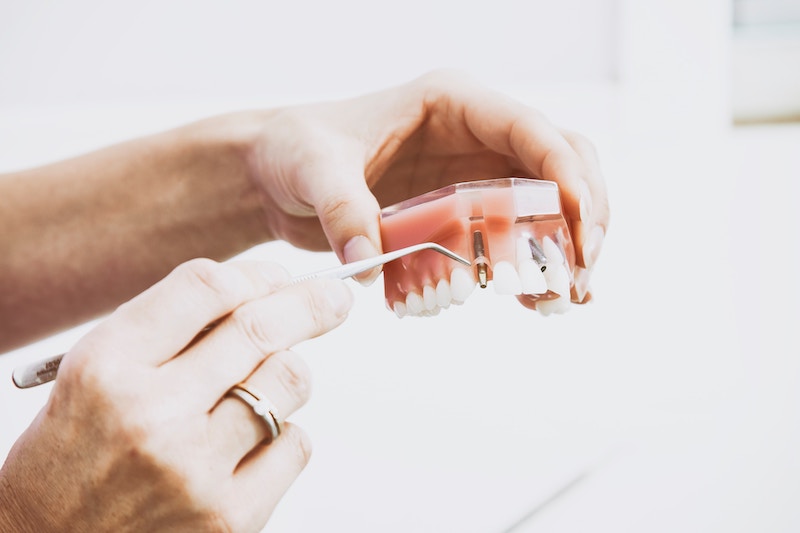
Fixed, implant-retained dentures are not removable. This type of modern denture is created to live in your mouth forever — you won’t take them out at night for cleaning.
With this option, four or more dental implants are placed in your jawbone, forming a secure, long-lasting bond. Your denture prosthesis is then fastened in place on the implants.
Because your implant will take the full force of your bite, your jawbone and gum tissue needs to be healthy and in good condition to integrate and hold the implant in place. If you’re suffering from gum disease or bone loss, your dentist may need to perform a gum graft or other high-tech gum restoration treatments before the implant can be placed.
In review, implant supported or retained dentures help you avoid problems common with removable dentures, like feeling uncomfortable, slipping out of place, or the inability to eat your favorite foods. Probably most important to you, they look and function just like your natural teeth.
Are you a candidate for implant-retained or implant-supported dentures?
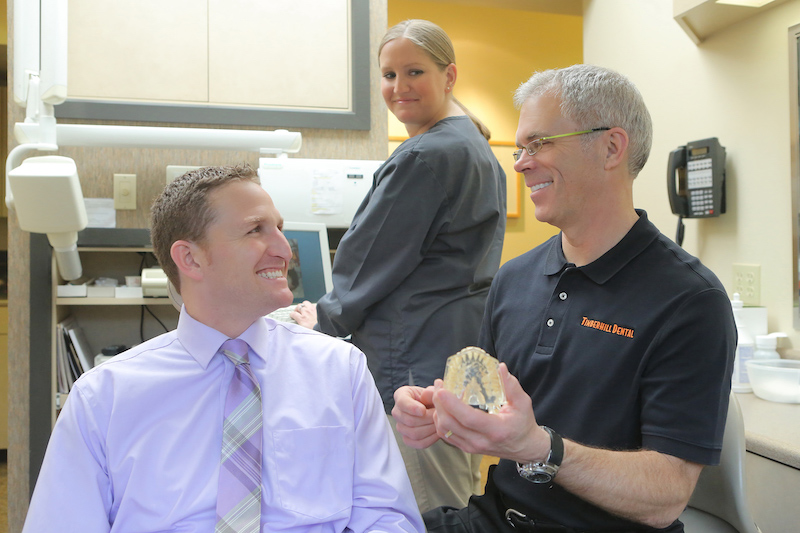
If you’re missing one or more teeth, the best thing you can do for your health and your future is to talk to Dr. Black as soon as possible. The longer you wait to resolve the issue, the more you put your health at risk.
Schedule an appointment today and find out what kind of tooth replacement option is best for your lifestyle, health, and smile.
Leave A Comment